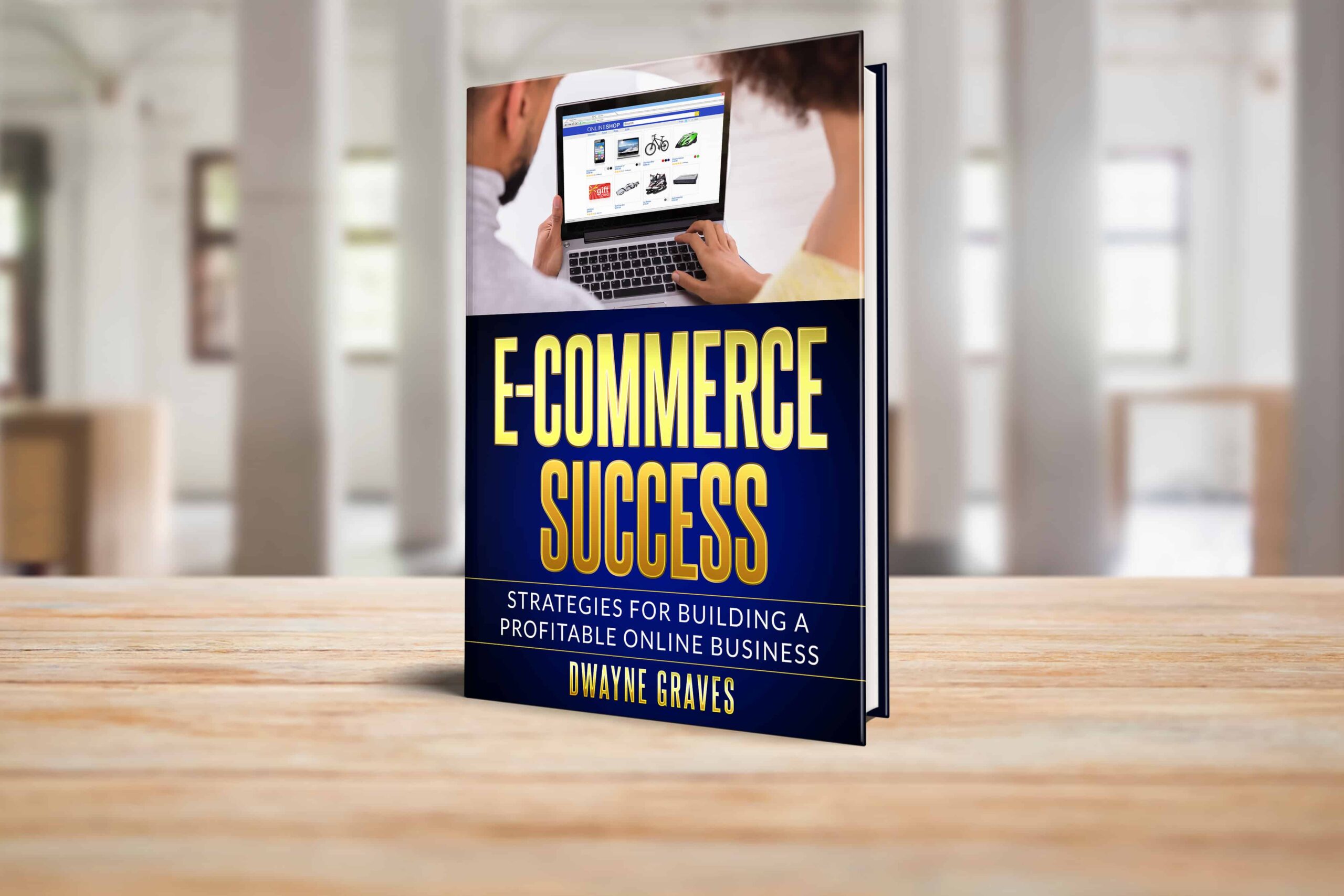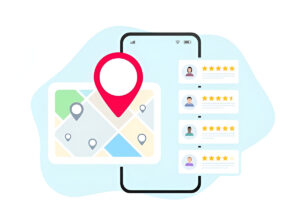It’s incredibly rewarding to sell digital products online. You can reach a global audience and build a profitable business from anywhere.
Just like any other product, your digital offerings need a strong marketing strategy to succeed. Because, it’s a crowded marketplace, and standing out feels impossible.
The pain of low sales can be frustrating. Every missed sale feels like a lost opportunity. But there’s a solution!
With targeted digital product marketing, you can grab attention and drive sales. From audience research to persuasive campaigns, the right approach delivers results.
In this guide will share proven strategies to boost online sales. You’ll learn how to position your products, reach buyers, and scale effortlessly. Let’s transform your marketing game!

Affiliate Disclaimer: I earn commission (get paid) if you click on the links and purchase a product below. My earnings do not impact the price you pay.
1. Understanding Your Target Audience
Before you start marketing your digital product, it’s crucial to understand who you’re selling to. The right audience ensures your efforts drive interest and conversions.
Ask yourself: Who are they? Who benefits most from my product? What are their biggest challenges? What are they looking for?
Use surveys, social media analytics, and website data to gather insights into your audience’s interests, preferences, and buying habits.
Once you understand your audience, segment them into groups. Segmentation helps you create personalized messages that truly resonate.
You can create different marketing campaigns for beginners versus advanced users. Tailored marketing makes customers feel understood and increases engagement.
When you align your marketing with audience needs, results improve. You save resources while delivering value that matters to your buyers. Take the time to know them. It’s worth the effort.

2. Building an Irresistible Offer
To sell your digital product, you need to create an irresistible offer. Focus on highlighting the benefits your product provides to your customers.
How will it solve their problems or improve their lives? Don’t just list features, emphasize the value they deliver.
Instead of saying “This course has 10 modules,” say “This course will help you master social media marketing in just 30 days.”
To create urgency, consider offering limited-time discounts, bonuses, or early bird specials. These incentives can motivate customers to take action quickly.
Craft a compelling offer to increase the perceived value of your product and encourage more sales.

3. Creating a Sales Funnel for Digital Products
A sales funnel guides potential customers from awareness to purchase. It’s essential for converting traffic into paying customers effectively. Let’s break it down step by step:

Awareness Stage
This is where you attract your audience’s attention. Use blogs, social media, and SEO to drive organic traffic.
Create engaging content that educates and solves problems. Lead magnets like free eBooks or webinars are excellent tools here.
These offer value in exchange for contact information, and building your email list. The goal is to create interest and capture potential leads.
Consideration Stage
Here, you nurture leads by building trust and credibility. Email sequences are a powerful way to engage and inform.
Share useful content like guides, tutorials, or product demos. Highlight testimonials, case studies, or success stories to show impact.
Focus on demonstrating how your product solves their specific problem. This stage helps move leads closer to making a purchase.
Conversion Stage
Now it’s time to turn interest into action. Ensure your checkout page is simple, fast, and user-friendly.
Provide clear pricing, guarantees, and secure payment options. After purchase, upsell complementary products or offer cross-sells.
For example, suggest premium features or bundles to increase value. Make the post-purchase experience smooth and rewarding.

Download Your Free e-Book
5 Simple Ways to Create Website & Landing Pages
4. Leveraging Marketing Channels for Maximum Impact
Using the right marketing channels boosts your product’s visibility and sales. Here’s how to make each channel work for you effectively.
Social Media Marketing
Social media platforms are perfect for reaching your audience quickly. Use Instagram, LinkedIn, and Facebook to share engaging product updates.
Short-form videos like Reels or TikToks grab attention fast. Paid ads on these platforms help target specific customer segments.
Focus on visuals and compelling messages to showcase your product. Social proof, such as user reviews, performs exceptionally well here.

Email Marketing
Email marketing delivers personalized messages directly to your audience. Start by building an email list with lead generation tools like Leadpages.
Try targeted campaigns based on user preferences and behavior. Highlight benefits, offer discounts, and include clear calls to action.
Automated email sequences are great for nurturing leads. Keep messages short, relevant, and focused on user needs.
Content Marketing
Content marketing builds authority and educates your audience. Blogs, videos, and podcasts position you as an industry expert.
How-to guides and tutorials subtly promote your product while providing value. SEO ensures your content reaches the right audience organically.
Use storytelling to connect emotionally and inspire trust. This approach works well for long-term brand loyalty.
Affiliate Marketing
Affiliate marketing helps you reach untapped audiences effortlessly. Partner with affiliates who have access to your target market.
Offer attractive commissions for every successful referral they generate. Create a straightforward affiliate program with tracking tools for transparency.
5. Optimizing Your Product Pages for Conversions
Your product page is where the magic happens! It’s your chance to convince visitors to become customers.
Start with a clear and concise description that focuses on the benefits of your product. How will it solve your customer’s problems?
High-quality visuals are a must. Use professional images, videos, or even interactive demos to showcase your product in the best light.
Build trust with social proof. Display customer testimonials, ratings, and reviews prominently. Make it easy for visitors to take action.
Keep the page clean and uncluttered, with a clear and prominent call-to-action. Optimize your product page to guide visitors towards a purchase and increase your sales.
6. Measuring and Refining Your Strategy
It’s important to keep an eye on how your marketing efforts are performing. Track key metrics like conversion rates and how much it costs to acquire a new customer.
Don’t forget about customer lifetime value – how much revenue each customer generates over time. Use A/B testing to experiment with different headlines, call-to-actions, and even pricing.
Small tweaks can make a big difference. ClickMagick can help you track your results and see what’s working and what’s not.
Regularly review your data and make adjustments to your strategy based on what you learn.
Remember, marketing is an ongoing process.

Conclusion
Success in digital product marketing requires focus, strategy, and consistency. Start with one or two key strategies that suit your goals.
As you gain confidence, gradually expand your approach for broader reach. Small, consistent efforts drive long-term growth and customer loyalty.
Tools like Leadpages can streamline lead generation for your campaigns. Use ClickMagick to track performance and refine your marketing efforts.
Stay committed to analyzing results and improving your strategies over time. Take action today to optimize your digital product marketing journey.






